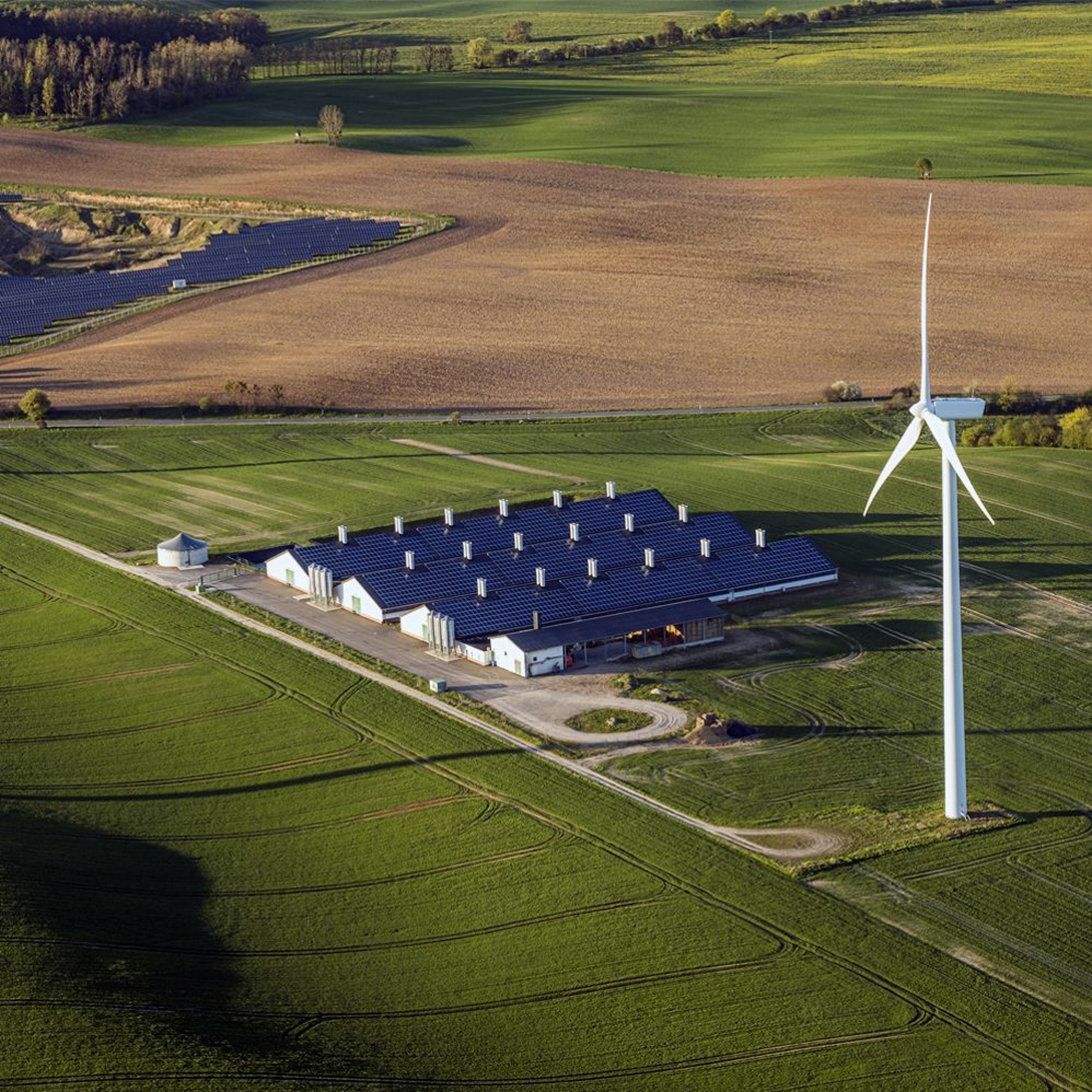- Government
- SEE MORE
- classical
- general
- talk
- News
- Family
- Bürgerfunk
- pop
- Islam
- soul
- jazz
- Comedy
- humor
- wissenschaft
- opera
- baroque
- gesellschaft
- theater
- Local
- alternative
- electro
- rock
- rap
- lifestyle
- Music
- como
- RNE
- ballads
- greek
- Buddhism
- deportes
- christian
- Technology
- piano
- djs
- Dance
- dutch
- flamenco
- social
- hope
- christian rock
- academia
- afrique
- Business
- musique
- ελληνική-μουσική
- religion
- World radio
- Zarzuela
- travel
- World
- NFL
- media
- Art
- public
- Sports
- Gospel
- st.
- baptist
- Leisure
- Kids & Family
- musical
- club
- Culture
- Health & Fitness
- True Crime
- Fiction
- children
- Society & Culture
- TV & Film
- gold
- kunst
- música
- gay
- Natural
- a
- francais
- bach
- economics
- kultur
- evangelical
- tech
- Opinion
- gaming
- College
- technik
- History
- Jesus
- Health
- movies
- radio
- services
- Church
- podcast
- Education
- international
- Transportation
- Other
- kids
- podcasts
- philadelphia
- Noticias
- love
- sport
- Salud
- film
- and
- 4chan
- Disco
- Stories
- fashion
- Arts
- interviews
- hardstyle
- entertainment
- humour
- medieval
- literature
- alma
- Cultura
- video
- TV
- Science
- en
Using diversified energy in agriculture can protect food security

b'Energy price shocks\\u2014negative and positive\\u2014can have a powerful economic knock-on effect, especially on food prices where food is scarce. Even though great strides have been made since 1945 in feeding Asia\\u2019s huge populations, more than 500 million people still face food insecurity. Of the world\\u2019s undernourished, almost 65% live in Asia.\\n\\nFood insecurity stems from the link between energy prices and food prices, among other causes.\\n\\nA survey of Bangladesh, the People\\u2019s Republic of China, Indonesia, India, Japan, Sri Lanka, Thailand, and Viet Nam from 2010 to 2016 proposed a model with eight variables affecting agricultural food prices\\u2014land prices, GDP, inflation rates, oil prices, biofuel prices, employment in agriculture, labor costs, and real interest rates. \\n\\nFarhad Taghizadeh-Hesary, one of the authors of ADBI\\u2019s research on this topic, sums up the survey\\u2019s findings.\\n\\nRead the transcript\\nhttps://bit.ly/2LPmZuB\\n\\nRead the working paper\\nhttps://www.adb.org/publications/volatility-linkages-between-energy-and-food-prices-asian-countries\\n\\nAbout the authors\\nNaoyuki Yoshino is the dean of the Asian Development Bank Institute.\\nFarhad Taghizadeh-Hesary is an assistant professor of economics at Waseda University, Tokyo.\\nEhsan Rasoulinezhad is an assistant professor of economics at the University of Tehran, Iran.\\n\\nKnow more about ADBI\\u2019s work\\nhttps://bit.ly/2uLfdva\\nhttps://bit.ly/2mFk3Wa'